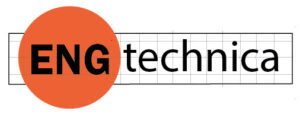OMNIVISION has introduced the OV0TA1B, which it claims has the smallest footprint of any IR CMOS sensor, able to fit in the tight quarters found in ultrathin devices such as smartphones, tablets and laptops, some of which have a “3mm Y dimension” requirement.

For comparison, the bezel of the latest iPhones is an impossibly thin 1.15 mm, but its expanded bezel, the “Dynamic Island,” provides a generous 7.7 mm of height.

The small form factor of the OV0TA1B makes it ideal for human presence detection (HPD) and facial recognition on such devices. It has a 2-micron (µm) pixel, and it provides 440 x360 resolution at 30 frames per second. The company claims it requires such little energy consumption that the sensor can be kept on at all times.
The OVOTA1B use cases offered by OMNIVISION:
- User validation by facial recognition, which has become common in smartphones and tablets
- Counting people with webcams, such as those found in surveillance systems. (OMNIVISON may or may not be used in surveillance systems.)
OMNIVISION competes with several companies in the miniature infrared (IR) CMOS sensor market, including Sony, STMicroelectronics, ON Semiconductor, Samsung and Canon.
These companies, along with OMNIVISION, are key players in the development and production of miniature IR CMOS sensors. Apple has primarily utilized Sony’s CMOS image sensors in its iPhones for over a decade. In December 2022, Apple CEO Tim Cook confirmed this longstanding partnership. However, recent reports indicate that Apple is considering incorporating Samsung’s image sensors into future iPhone models, potentially as early as 2026.

